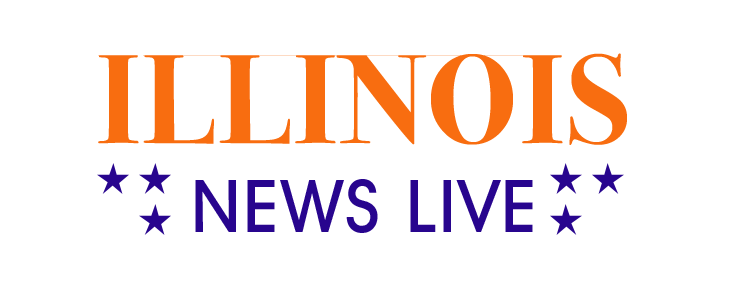What the FDIC Does When a Bank Fails

Bank failures have become rare in recent years.prior to Silicon Valley Banks and Signatory Banks The last time the Federal Deposit Insurance Corporation (FDIC) took over a financial institution was in October 2020.
But the failures of Silicon Valley Bank and Signature Bank are a reminder of the fragility of the banking system. After all, they were the second-biggest bank failure in U.S. history and his third-biggest, respectively.
The biggest thing happened in September 2008 when the FDIC took control of Washington Mutual Bank. 25 banks failedThe FDIC foreclosed on nearly 300 banks over the next two years as the Great Recession hit financial institutions across the country. By the way, in his five years before 2008, only 10 of his banks failed.
In 2009, 60 Minutes correspondent Scott Pelley followed the FDIC team to report what happens when a bank is taken over. 60 Minutes viewers saw firsthand what efforts the federal government will make to protect bank depositors.
What is FDIC?
The FDIC was established by the Banking Act of 1933 during the Great Depression.that year, approx. 4,000 commercial banks failThis law was intended to restore Americans’ confidence in the banking system. Prior to the FDIC, deposits were not guaranteed. Between 1929 and 1933, depositors lost about $1.3 billion when banks failed.
Today, the FDIC insures depositors’ money. Up to $250,000 per depositor By account ownership category, if the bank is a member of the FDIC. This means that a depositor who has less than $250,000 in bankruptcy will not lose money when the FDIC takes over. it is possible to have a deposit If you have received more than $250,000 in claims with a bank, but are fully insured.
“No one has lost a penny in their insured deposits…” then-FDIC Chairman Sheila Bear told Scott Perry in 2009.
Source of insurance money
This guaranteed $250,000 is not coming from the federal budget, not from taxpayers. Instead, it will be paid through the Deposit Insurance Fund (DIF). The FDIC assesses premiums for each insured bank. bank appraisal rate Determined and paid quarterly. Since DIFs are invested in government bonds, they also accrue interest.
When Perry spoke with Bear in 2009, she said the FDIC was projected to spend $65 billion on bank closures by 2014.
But no matter how much the FDIC ends up spending to recover depositors’ money, it’s designed to always give you access to more money. If the FDIC pays all of his DIF funds, it can draw up to $100 billion in direct credit facilities through the Treasury Department.During the Great Recession, Congress temporarily $500 billion borrowing limit.
“We won’t go bankrupt,” Bear told Perry in 2009. “We are backed by the complete trust and credit of the U.S. government.”
What Happens When the FDIC Takes Over
As 60 Minutes reported in 2009, there are three ways the FDIC can take over a bank. run the bank itself. Or find a buyer.
If the FDIC closes a bank, the FDIC will notify the customer and send a check for the amount of the insured deposit or move the deposit to another FDIC insurance bank.
Once the FDIC takes over operations, it will set up a “bridge bank” to regain access to your accounts. bridge bankIt operates under a board of directors appointed by the FDIC.
As Perry witnessed when the FDIC foreclosed on the Chicago suburb of Heritage Community Bank in 2009, the FDIC hired an army of people, including accountants, asset specialists focused on lending, and investigators investigating why banks failed. are collecting. After the seizure, the bank employee works for her FDIC.
The customer experience doesn’t change much. Depositors can get their money back, usually up to the insured amount, by writing a check, accessing a safe deposit box, or withdrawing money from an ATM.
If another financial institution buys a foreclosed bank, the buyer receives all of the bank’s deposits, customers, and loans. Therefore, the FDIC does not have to pay depositors at all. Even accounts that exceed the insurance limit are generally safe.
https://www.cbsnews.com/news/what-the-fdic-does-when-a-bank-fails-60-minutes-2023-03-19/ What the FDIC Does When a Bank Fails


